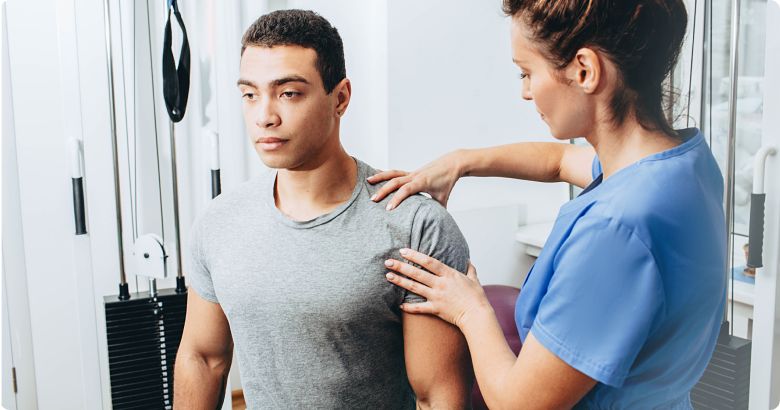Shoulder dislocation or subluxation is the second most common type of dislocation to occur in the body. It mostly occurs in the younger age group during sporting or high velocity activities however can also occur in the older age group due to simple falls.

Most first time shoulder dislocations can be treated in the emergency department and the ball put back into the socket with some light sedation. The likelihood of a dislocation happening again is related to our age and the types of activities that we undertake. Because young people have very supple and loose ligaments they are at higher risk of further dislocations. The also are more likely to be involved in contact sport or high velocity activities. As we get older, are ligaments tighten up and the chances of further dislocations decreases.
Natural History of Shoulder Dislocations
If an unstable shoulder is left to keep dislocating the ball and socket joint continues to get damaged. This can result in loss of bone, both on the ball and the socket making stabilisation surgery more involved and complex. It can also result in damage to the cartilage surfaces of the ball and socket causing early arthritis within the joint.
Shoulder Stabilisation Surgery
Shoulder can generally be stabilised in two different ways. The first and least invasive way is an arthroscopic stabilisation or key hole operation to repair the ligaments of the shoulder. If the shoulder has not been dislocated many times and their bone of the shoulder is normal then the ligaments can be reattached and tightened using a camera and small instruments within the shoulder. Small bone anchors are generally used to repair the labrum or the edge of the ligaments back to the bone allowing the ball to remain within the socket once they have healed.
For more complex dislocations, those that have occurred again after prior arthroscopic surgery or the pains with significant bone loss, an open procedure may be required. The most common procedure like this called a Laterjet procedure and involves transferring a piece of bone from near the shoulder to the front of the socket to prevent the ball from dislocating again. While it is more complex than arthroscopic surgery it is very effective in preventing further dislocations.
Recovery from Shoulder Stabilisation Surgery
Most people will stay in hospital for one night following shoulder stabilisation surgery. The will normally remain in a simple sling for a period of approximately 6 weeks and be allowed to perform simple small tasks with the hand and do some very simple gentle physiotherapy during this period.
From 6-12 weeks most people then progress out of the sling and work on the range of motion and movement with the shoulder before beginning strength exercises. At 3 months after surgery, most patient have gained all of their movement back and are strengthening all of the muscles around the shoulder with a specific physiotherapy and / or gym program.
Most patients gain enough strength and their repair has healed enough around 6 months after surgery to return to sports. This obviously depends on the type and intensity of the sport they intend to return to and upon their progress with physiotherapy and their gym program.





